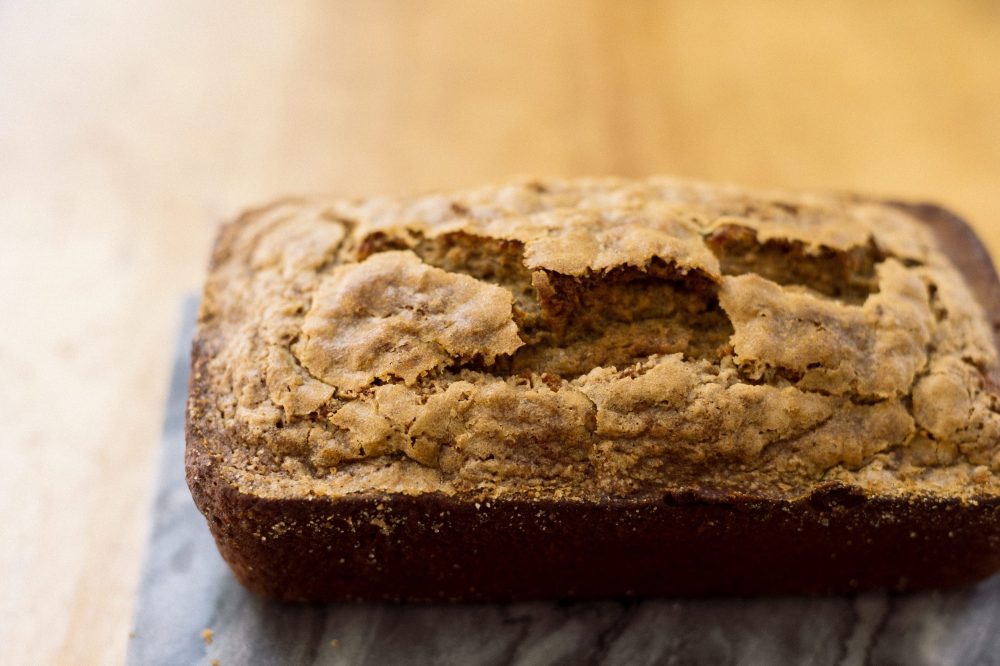For anyone who’s opened the oven to find a sloped cake or row of burnt cookies, this one’s for you.
Ovens have hot spots—areas where the heat is stronger. They’re located on the edges, away from the middle, and depending on the location of the heat source, they might be toward the bottom or the top.
Gas ovens have the greatest disparity; the top and back tend to be hotter than the bottom and front by up to 20 percent. Electric ovens vary between 5 to 15 percent. Either way, that’s a significant difference that’s worth taking into account.
To handle hot spots, first you have to locate them.
We suggest baking several batches of sugar cookies, 12 cookies per sheet, one sheet per rack. The “hotspot” cookies, typically on the top rack, will brown faster and the cookies on the bottom rack will likely be uneven. You can also use slices of bread with this method, but cookies taste better.
To manage hotspots during cooking, there are a few things you can do.
First, always rotate food during baking, front to back and top to bottom, to even out the effects. Also, always preheat your oven for at least 30 minutes. Finally, check your food early and often.
With your newfound command over your oven and its inevitable hot spots, try out one of these great recipes:
Rye Chocolate Chip Cookies
Browning the butter and rye flour added complex, nutty flavor that balanced the sweetness of these cookies.
Lemon-Buttermilk Pound Cake
To lighten traditionally dense pound cake, we separated the eggs, a trick we learned from Kathryn King of Atlanta’s Aria restaurant.
Tangerine-Almond Cake with Bay-Infused Syrup
This syrup-soaked cake had an incredibly moist, pleasantly dense texture, thanks in part to almond meal.
Pistachio-Cardamom Loaf Cake
A nutty and aromatic quick bread-style cake from a Paris-based Rose’s Bakery.
Join the conversation on Facebook, Twitter, Instagram and Pinterest.




